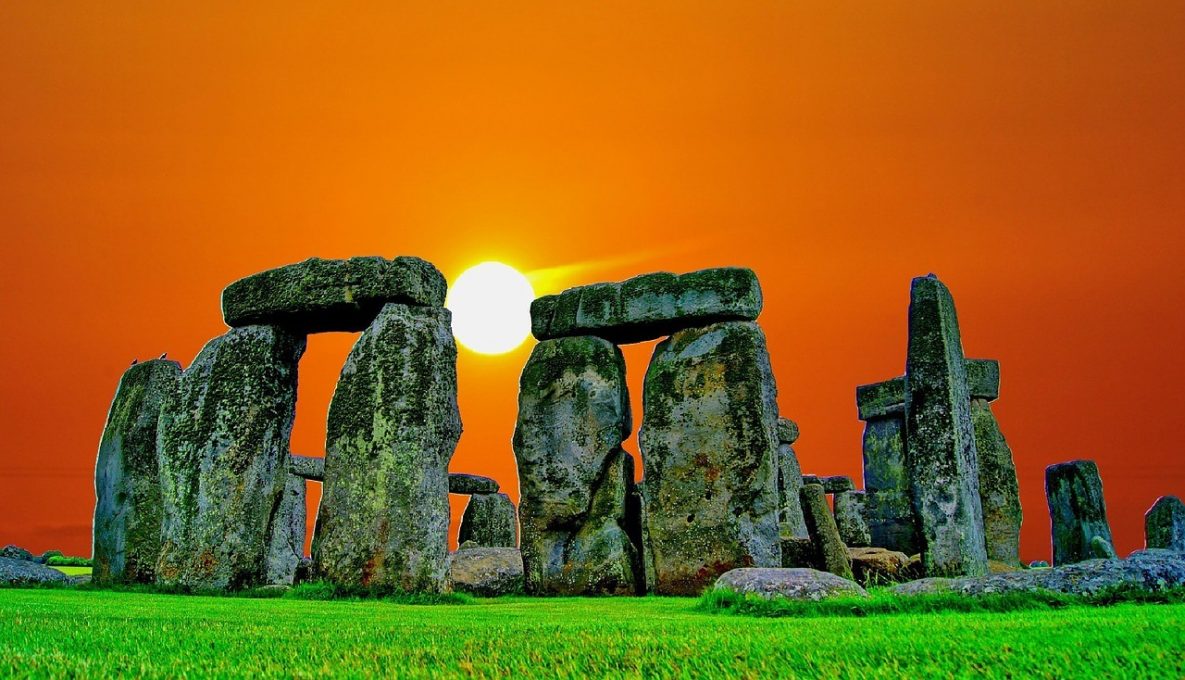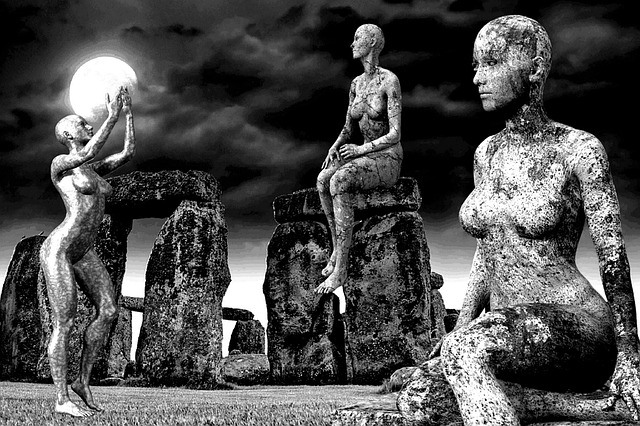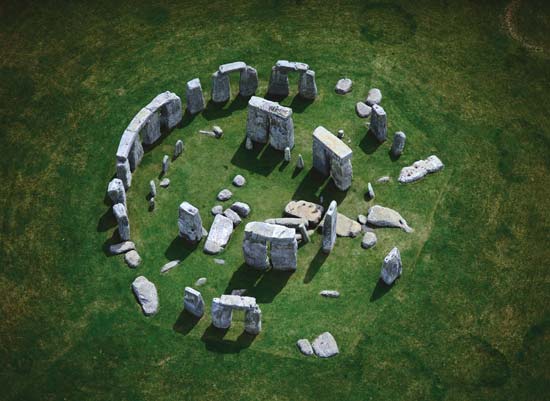
Stonehenge is one of the world’s prehistoric wonders that captivate an archeological formation of unique stones. Neolithic builders who took 1,500 years to erect one of the world’s famous monument built this beauty of art in Wiltshire, England.
The vertical stones that were built during Neolithic era are now comprise nearly 100 different massive formations of stone. These stones are around 13 feet high and about weigh about 25 tons. The unique set of precious stone is in the form of concentric rings and horseshoe shapes in the empty field of Salisbury Plain.
More than a million visitors from the different parts of the world come to visit the Stonehenge monument every year. Tourists love to wonder and experience the awesome beauty and picturesque view of this magnificent heritage from the past. Stonehenge is one of a kind marvelous formation of stones that connect our history with the ancient civilization of the world.
For over centuries, historians and archeologist are still puzzled how these massive and mystical stones were built. The stones are heavy and very tall which makes it difficult to create such a mighty monument, especially during those times wherein modern technology is not available at all. Most experts believed that these stones were once a burial ground for primitive people during the Stone Age.

The construction of this primitive structure took place between Neolithic Period and the Bronze Age from 3000 to about 1500 B.C. The exact date and the different phases it took for this massive stone formation are subject to more studies and countining research.
Historians claimed that Stonehenge was built in phases. There were artifacts found on the site that greatly support this hypothesis.
According to many historians, there are three phases of Stonehenge construction. The first phase took place during the Neolithic Agrarians reign whom they believed were the first to initiate its construction. The second phase happened between 2900-2400 BC and a major renovation took place. It was believed that the Beakers played an important role during the second wave of construction.
The last phase, which consists of many sub-phases, occurred between 2500-1600 BC. What you see now as the modern Stonehenge came from this 3rd phase of creation. Though there is evidence to prove construction phases, there are still vague areas that even experts now can’t figure out how and why the stones were carved.
With the never-ending question of why the stones were built, reputable historians, and archeologists provided many theories. Some experts believed that Salisbury is a sacred place in the prehistoric area. They claimed that the stone monument serves as a burial ground and temple for pagans.
Other scholars claim Stonehenge serves a specific purpose during the early times. This purpose is associated with ancient astronomy wherein Stonehenge functions as a solar calendar. Some scholars believed that Stonehenge acts like a solar calendar and can track movement of the sun and the moon. With this, ancient civilization is provided with information on the change of season.
These days, modern researchers believe that Stonehenge was the center of healing practices. According to Professors Darvill and Wainright, ancient people traveled to Stonehenge to experience the healing power of the bluestones. From analysis of corpses found in tombs nearby the monument, many were injured and had different diseases. Scientists examined the teeth of the deceased and determined that they were non-native of the area. Hence, scholars conclude that the site would attract sick and injured people from different places.
With every theory stated, most experts now think that Stonehenge was a burial site. There were many dead bodies in the monumental area to prove this claim. However, it was a site for corpses and the reason people from different places gather at this monument is still unclear. The mystery surrounding the burial theory has not been yet resolved.

Stonehenge remains a mystery to many. Some studies contributed to a few answers that people now are aware of, but many questions remain unanswered. Moreover, some theories are still subject to scrutiny and skepticism.
On the other hand, what we know now is that Stonehenge was surely built with purpose by the early people who took the initiative in bringing up this awesome monument. These days, it became one of the greatest historical heritages of all time.
History continues to baffle and unfold the mystery behind Stonehenge, but as the time continuously evolves, so the speculation remains very strong and interesting to those who wanted to prove and to find the specific answers and information that unfolds the mystic beauty of Stonehenge.
Interesting Links:
http://www.history.com/topics/british-history/stonehenge
https://www.britannica.com/topic/Stonehenge
https://en.wikipedia.org/wiki/Stonehenge
https://www.livescience.com/44283-why-stonehenge-was-built-theories.html
http://stonehengetours.com/stonehenge-construction.htm



